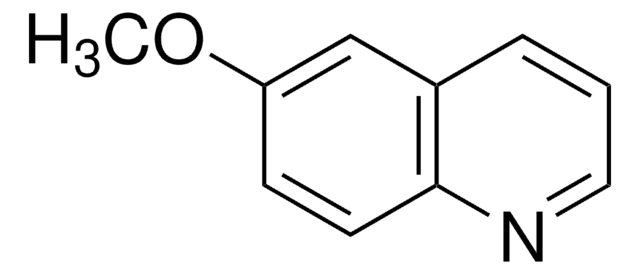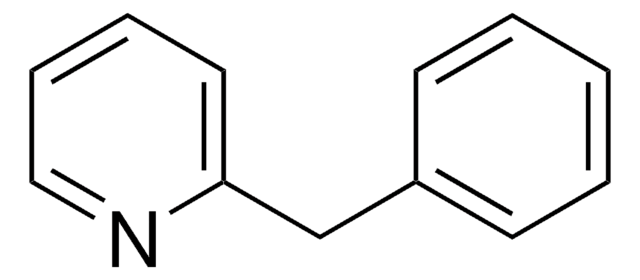推荐产品
品質等級
化驗
99%
mp
84-85 °C (lit.)
官能基
phenyl
SMILES 字串
c1ccc(cc1)-c2ccc3ccccc3n2
InChI
1S/C15H11N/c1-2-6-12(7-3-1)15-11-10-13-8-4-5-9-14(13)16-15/h1-11H
InChI 密鑰
FSEXLNMNADBYJU-UHFFFAOYSA-N
基因資訊
rat ... Grin2b(24410)
一般說明
2-Phenylquinoline is the major quinoline alkaloid of Galipea iongiflora, a Bolivian plant used as treatment for cutaneous leishmaniasis. Antinociceptive properties of 2-phenylquinoline isolated from the bark of Galipea iongiflora against different models of pain in mice were evaluated.
應用
2-Phenylquinoline was used in quantitative structure-activity relationship (QSAR) analyses of estrogen receptor β-selective ligands.
訊號詞
Warning
危險聲明
危險分類
Eye Irrit. 2 - Skin Irrit. 2 - STOT SE 3
標靶器官
Respiratory system
儲存類別代碼
11 - Combustible Solids
水污染物質分類(WGK)
WGK 3
閃點(°F)
Not applicable
閃點(°C)
Not applicable
個人防護裝備
dust mask type N95 (US), Eyeshields, Gloves
其他客户在看
F Campos-Buzzi et al.
Methods and findings in experimental and clinical pharmacology, 32(10), 707-711 (2011-01-13)
The present study evaluated the antinociceptive properties of an alkaloid extract and 2-phenylquinoline obtained from the bark of Galipea longiflora Krause (Rutaceae) against different models of pain in mice. The results demonstrate that the alkaloid extract caused a pronounced antinociceptive
A Fournet et al.
Antimicrobial agents and chemotherapy, 40(11), 2447-2451 (1996-11-01)
The antileishmanial efficacies of 2-n-propylquinoline, chimanines B and D, 2-n-pentylquinoline, 2-phenylquinoline, 2-(3,4-methylenedioxyphenylethyl) quinoline, and two total alkaloidal extracts of Galipea longiflora were evaluated in BALB/c mice infected with Leishmania amazonensis or Leishmania venezuelensis. Animals were treated for 4 to 6
Balaji et al.
Journal of enzyme inhibition and medicinal chemistry, 26(6), 831-842 (2011-03-29)
Estrogen receptor beta (ERβ) selective ligands have attracted much attention recently in the design of anti-cancer drugs that are devoid of the common side effects of estrogen. Structural studies of estrogen receptor alpha (ERα) and β revealed that there were
Mehdi Sharifi-Rad et al.
Molecules (Basel, Switzerland), 23(7) (2018-07-19)
In this narrative review, we have comprehensively reviewed the plant sources used as antiulcer agents. From traditional uses as herbal remedies, we have moved on to preclinical evidence, critically discussing the in vitro and in vivo studies focusing on plant
Hye Jeong Yang et al.
Journal of ethnopharmacology, 208, 84-93 (2017-07-09)
Taraxacum coreanum Nakai has been traditionally used for treating inflammatory diseases including gastrointestinal diseases. We studied whether water extracts of Taraxacum coreanum Nakai (TCN) had a protective effect on acute and chronic gastritis induced by ethanol/HCl in an animal model
我们的科学家团队拥有各种研究领域经验,包括生命科学、材料科学、化学合成、色谱、分析及许多其他领域.
联系技术服务部门![苯并[h]喹啉 97%](/deepweb/assets/sigmaaldrich/product/structures/344/715/928932d2-4ca4-4402-b56c-85a80100ce17/640/928932d2-4ca4-4402-b56c-85a80100ce17.png)
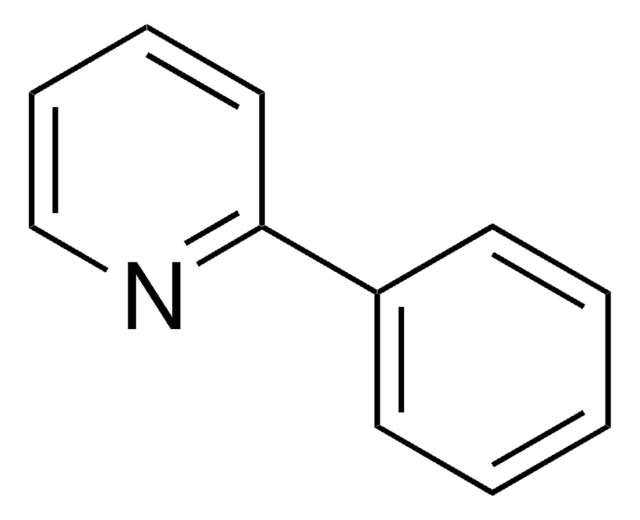
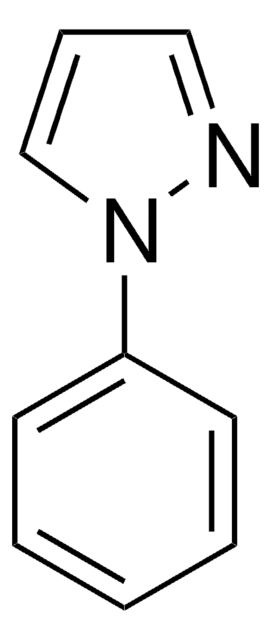

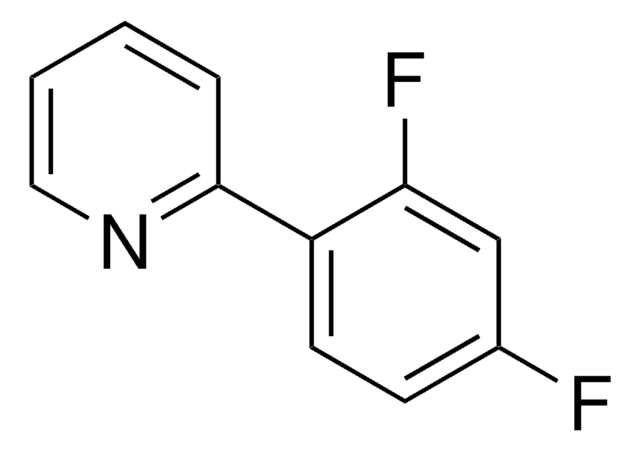
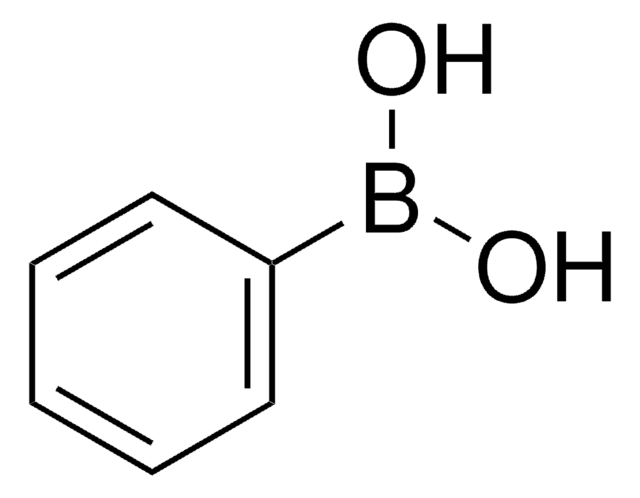
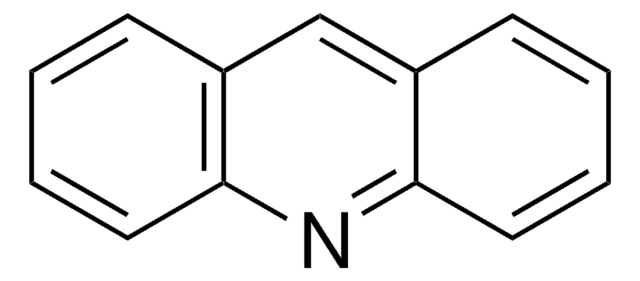
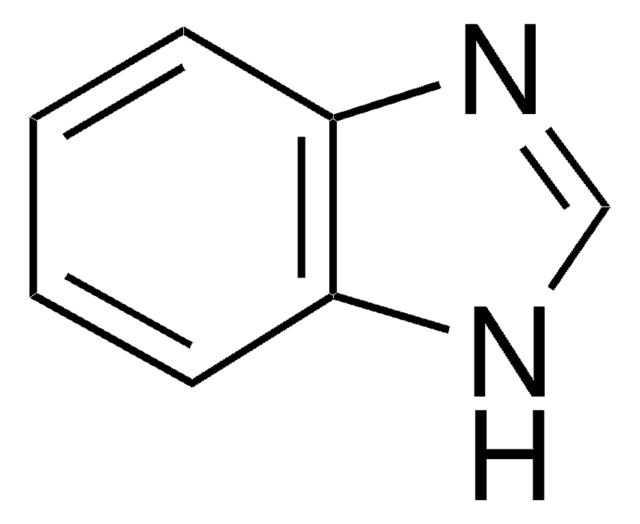

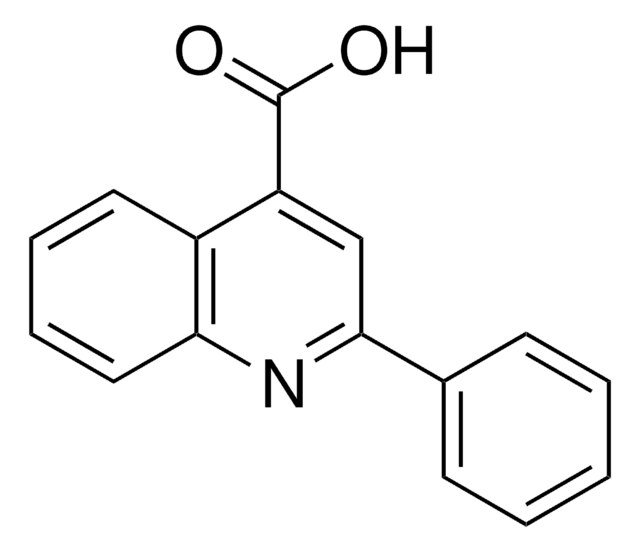


![11H-Benzo[a]carbazole](/deepweb/assets/sigmaaldrich/product/structures/391/065/abfb4cba-81ab-44b8-a816-d8791a903400/640/abfb4cba-81ab-44b8-a816-d8791a903400.png)
